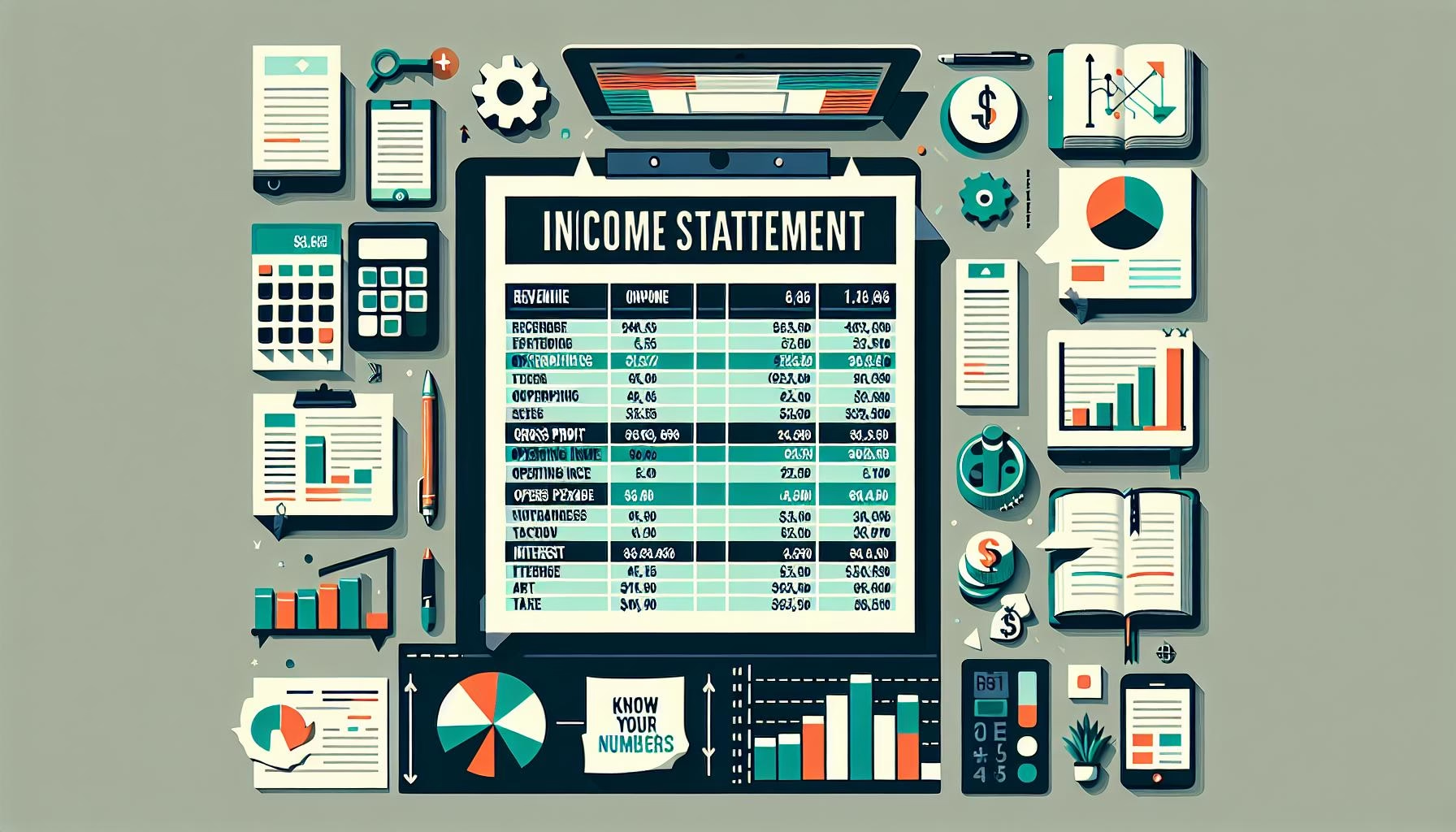Stock evaluation is one of the most important skills any investor can learn. If you’re diving into the world of investing, you need to know what makes a company’s stock worth your money. Understanding how to evaluate stocks can seriously impact how successful your investments are—and help you avoid costly mistakes.
In this article, we’ll walk through 7 easy-to-follow strategies to help you evaluate stocks like a pro. Whether you’re brand new to investing or just want to sharpen your skills, these tips can guide you towards smarter financial decisions. Ready to level up your investment game? Let’s get started.
1. Understand the Company
Before you put your money into any stock, get to know the company behind it. This might sound obvious, but many investors skip this step.
Ask yourself:
- What does the company do?
- How does it make money?
- Is the business model sustainable in the long run?
Think of it this way: would you buy a car without knowing how it runs or whether it’s reliable? Probably not. Investing is similar—you want to be sure the business has a solid foundation and a future.
Take Apple, for example. It’s not just a tech company. It makes money from iPhones, services like iCloud, and products like the Apple Watch. Knowing this helps you understand what drives the company’s revenue.
2. Look at Earnings Per Share (EPS)
EPS tells you how much money the company is making for each of its shares. It’s a basic measure of profitability—and a useful tool for comparing companies in the same industry.
In simple terms: the higher the EPS, the more profitable the company is. But don’t stop there. EPS is even more valuable when you look at how it’s changed over time.
- Is the EPS growing year after year?
- Is growth steady or unpredictable?
Consistent growth in EPS usually signals a healthy, well-managed company.
3. Pay Attention to the Price-to-Earnings (P/E) Ratio
Another important metric is the Price-to-Earnings (P/E) ratio. This tells you how much investors are willing to pay today for $1 of the company’s earnings.
A high P/E ratio could mean the stock is expensive—or it could mean investors expect high growth. A low P/E might suggest a bargain or point to a company in trouble. So context is key.
Tip: Compare the P/E ratio with others in the same industry. A tech company’s P/E will likely be very different from a utility company’s, and that’s normal.
4. Check Out Return on Equity (ROE)
ROE shows how effectively a company is using its shareholders’ money to generate profits. In plain English, it tells you how good the company is at turning investments into income.
The formula is simple: Net Income ÷ Shareholder Equity. The result is a percentage—the higher, the better.
If you see a company with an ROE of 20%, that means for every $1 of shareholders’ equity, it earned 20 cents in profit. That’s a sign of efficiency and smart management.
5. Analyze Debt Levels
Debt isn’t always a bad thing—but too much of it can spell danger for a business. You want to look at the company’s debt compared to its equity (called the debt-to-equity ratio).
Ask yourself:
- Is the company deep in debt?
- Is it able to pay off what it owes?
A company with manageable debt has more flexibility when the economy slows down or interest rates rise. It also means less risk for you as an investor.
You can learn more about how to evaluate stock risk in our Stock Risk Analysis Guide.
6. Study the Price-to-Book (P/B) Ratio
The P/B ratio helps you see whether a stock is potentially under or over-valued. It compares the market price of the stock to its book value (the value of assets minus liabilities).
Here’s an easy way to think about it: If a company’s book value is $10 per share and its stock price is $20, the P/B ratio is 2. The higher this number, the more investors are paying above the company’s actual value.
Just like with the P/E ratio, compare this number to others in the same sector to make better judgments.
7. Look at Management and Competitive Advantage
No matter how strong a company’s numbers are, poor leadership can sink it fast. That’s why it’s important to consider who’s running the company.
- Does management have a strong track record?
- Have they delivered consistent results?
Also look for what Warren Buffett calls an “economic moat.” That means the business has a lasting edge over the competition—maybe it’s a trusted brand, exclusive technology, or unbeatable prices.
Think about companies like Coca-Cola or Google—brands that are hard to beat and highly recognized worldwide. These moats help protect a company’s profits over the long run.
Putting It All Together
Now that you’ve got the tools to analyze stocks more effectively, remember—it’s not about relying on just one number or ratio. Successful investors look at the full picture before making any decisions.
Next time you’re considering a new stock, take time to:
- Learn about the company and how it makes money
- Review the financial health: EPS, P/E, ROE, P/B
- Check the debt levels
- Evaluate leadership and competitive edge
Savvy investing isn’t about guessing—it’s about making informed choices based on facts. With these tips, you’ll be better equipped to make decisions that support your financial goals.
Want to go deeper into these strategies? Read the full article from Investopedia here.
Final Thoughts
Evaluating stocks may seem challenging at first, but once you start practicing these techniques, it becomes second nature. Like learning any new skill, patience and consistency are key. Soon enough, you’ll be making smarter, more confident investment decisions that build long-term wealth.
For additional investing tips, visit our Investing Basics section to expand your knowledge even further.

